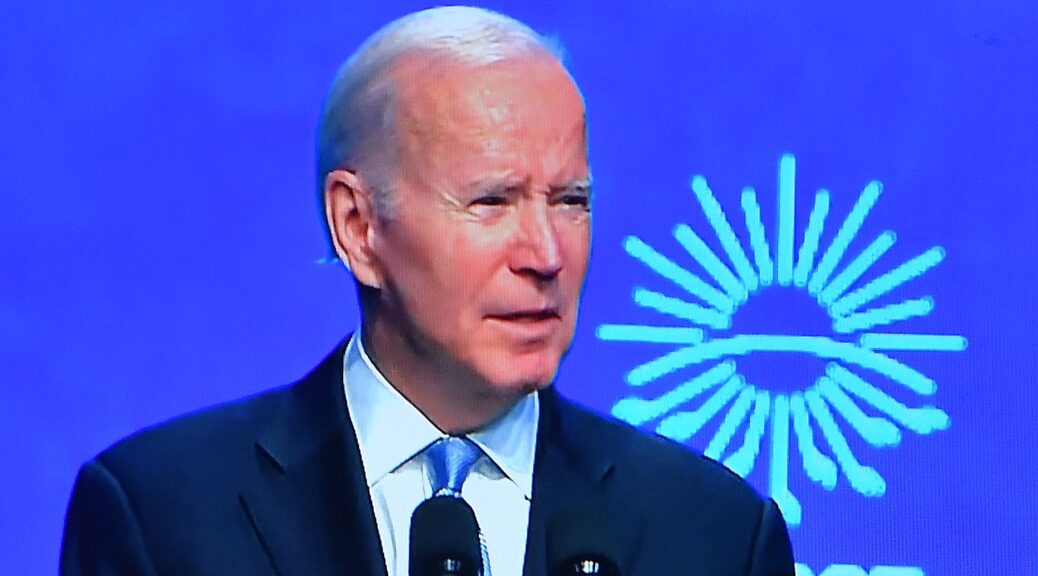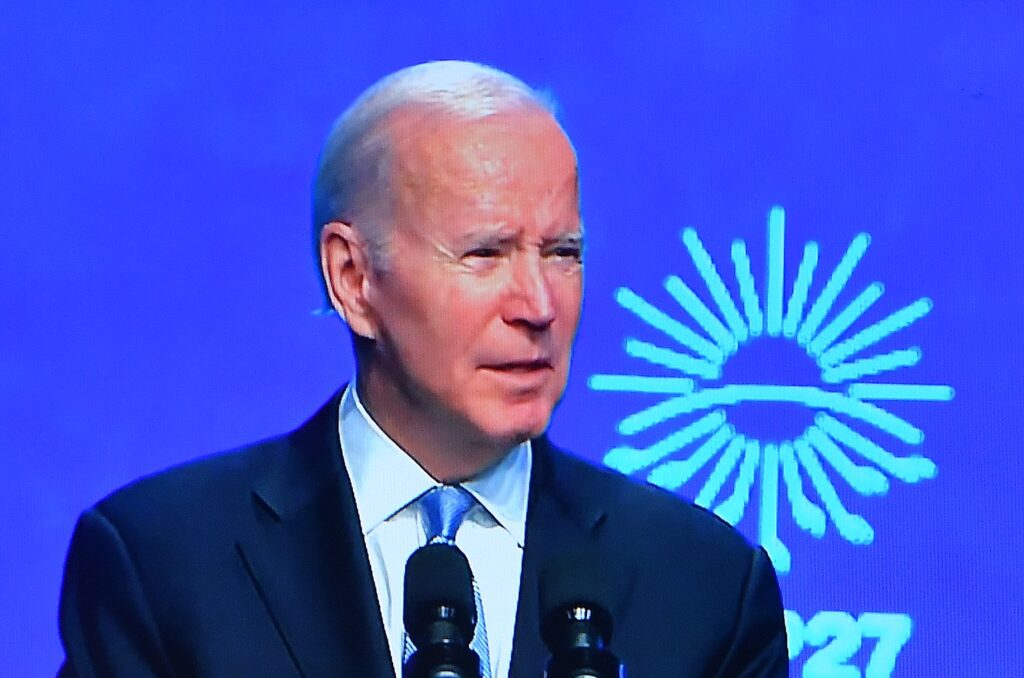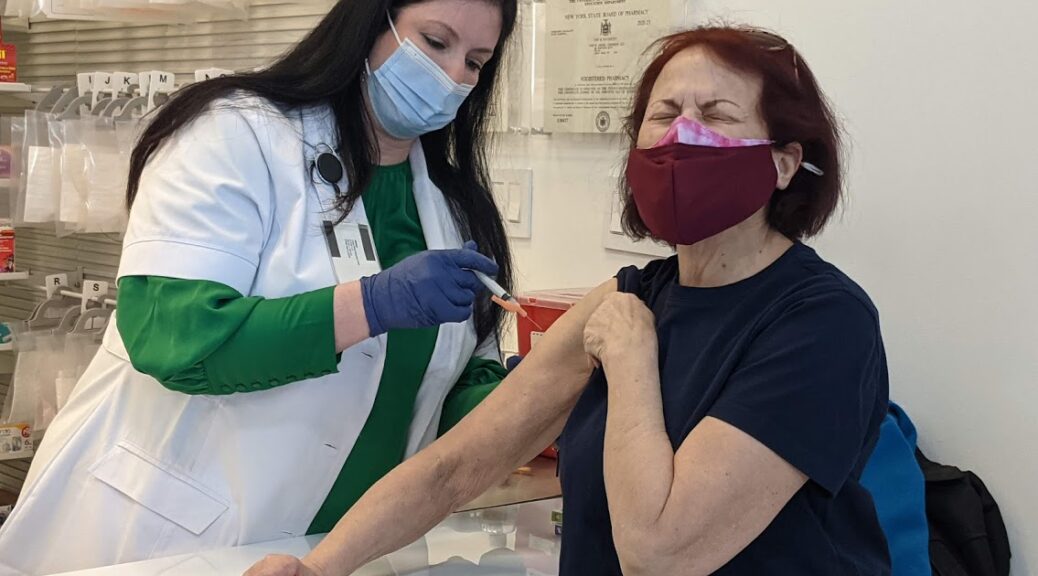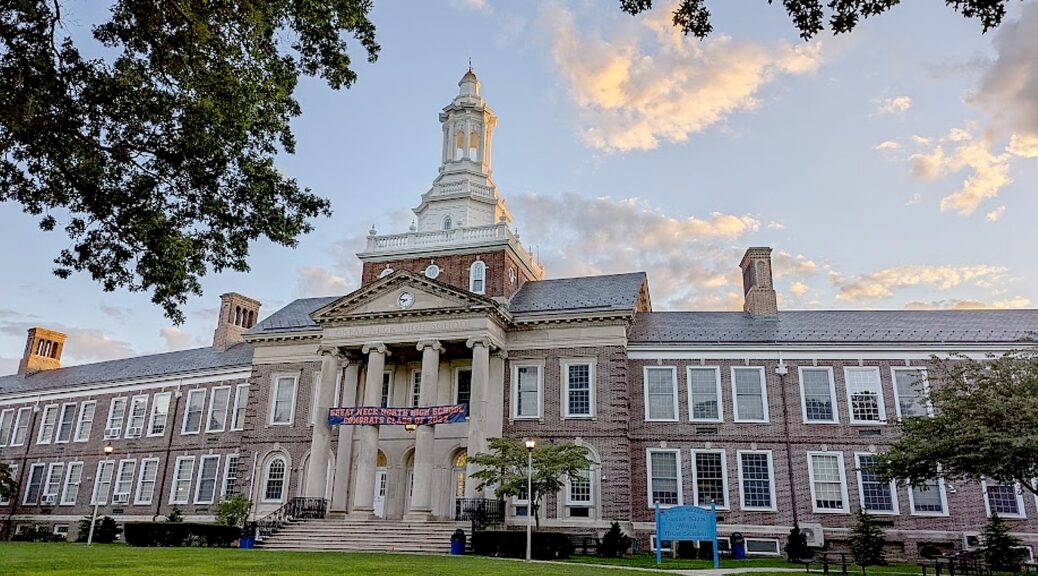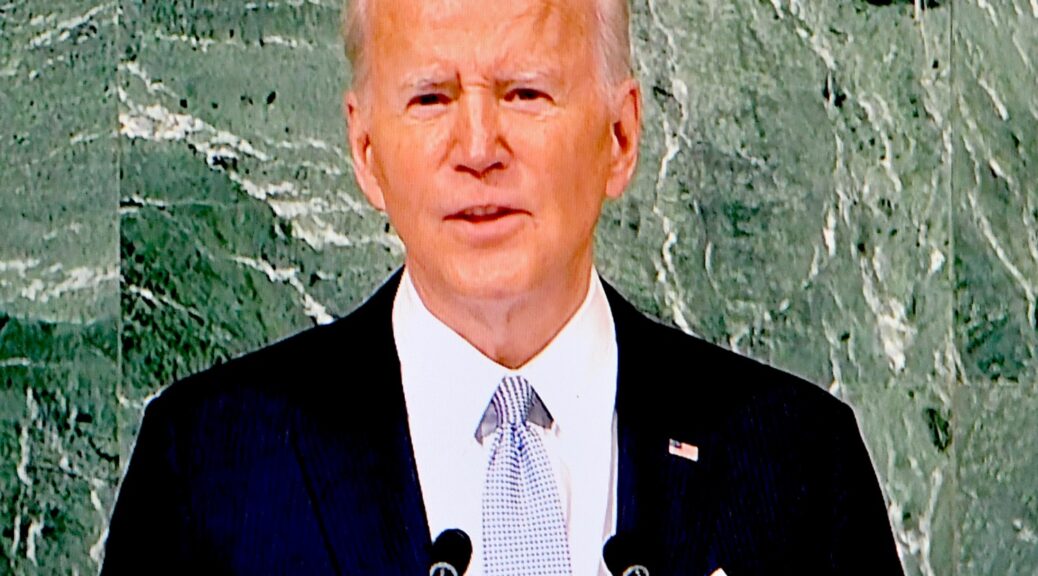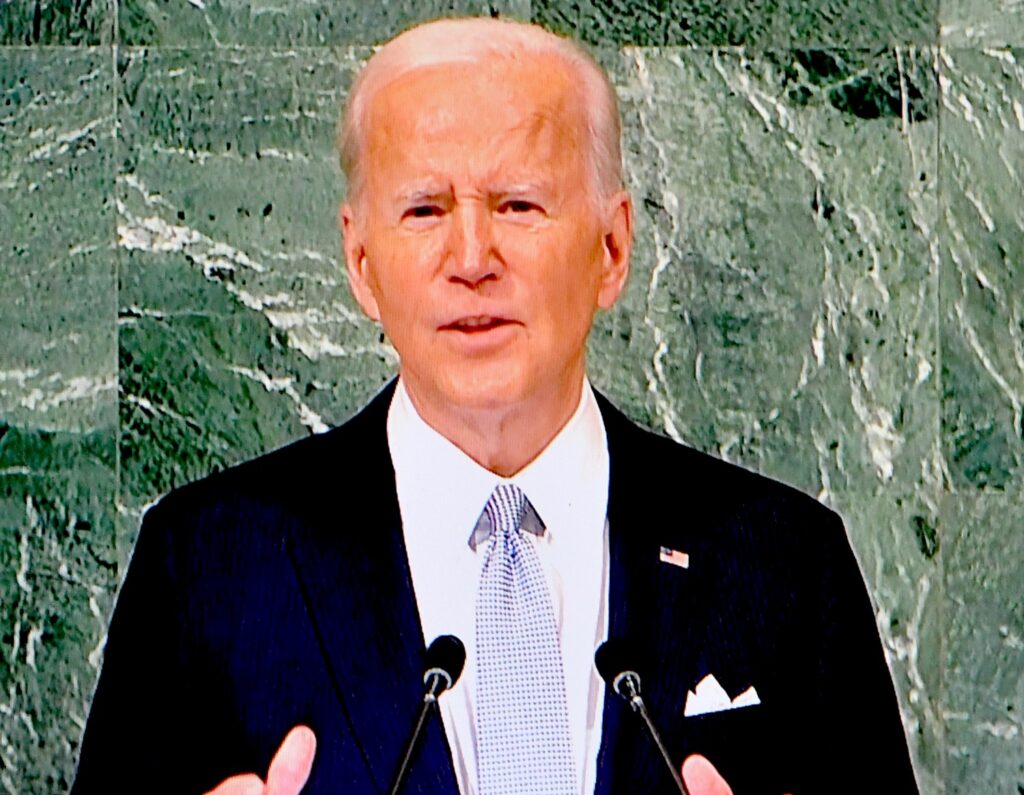
The Biden Administration also launches Resident-Centered Housing Challenge, a call-to-action to improve the quality of life for renters
The Biden-Harris Administration is announcing new actions to increase fairness in the rental market and further principles of fair housing. These actions align with a new Blueprint for a Renters Bill of Rights that the Administration is also releasing. The Blueprint lays out a set of principles to drive action by the federal government, state and local partners, and the private sector to strengthen tenant protections and encourage rental affordability. Key actions announced include:
- The Federal Trade Commission (FTC) and the Consumer Financial Protection Bureau (CFPB), both independent agencies, announced they will collect information to identify practices that unfairly prevent applicants and tenants from accessing or staying in housing in order to inform enforcement and policy actions under each agency’s jurisdiction. This is the first time the FTC has issued a request for information exploring unfair practices in the rental market. The two agencies will seek information on a broad range of practices that affect the rental market, including the creation and use of tenant background checks, the use of algorithms in tenant screenings, the provision of adverse action notices by landlords and property management companies, and how an applicant’s source of income factors into housing decisions.
- The CFPB announced it will issue guidance and coordinate enforcement efforts with the FTC to ensure accurate information in the credit reporting system and to hold background check companies accountable for having unreasonable procedures.
- The Federal Housing Finance Agency (FHFA), an independent agency, announced it will launch a new public process to examine proposed actions promoting renter protections and limits on egregious rent increases for future investments. FHFA will maintain transparency throughout the process and provide periodic updates, including one within 6 months, to interested stakeholders. As announced in November, the FHFA will also increase affordability in the multifamily rental market by establishing requirements that encourage the financing of multifamily loans that guarantee affordable housing. In 2022, Freddie Mac and Fannie Mae purchased a combined $142 billion in multifamily loans supporting over one million units. If the same activity holds in 2023, this would mean an investment in approximately 700,000 affordable units.
- A U.S. Department of Justice workshop will inform potential guidance updates around anti-competitive information sharing, including in rental markets.
- The U.S. Department of Housing and Urban Development will publish a notice of proposed rulemaking that would require public housing authorities and owners of project-based rental assistance properties to provide at least 30 days’ advanced notice before terminating a lease due to nonpayment of rent.
- The Administration will hold quarterly meetings with a broad, diverse, and varying group of tenants and tenant advocates to ensure they continue to have a seat at the table and can share ambitious ideas to strengthen tenant protections.
These new announcements are part of a broader set of federal actions that exemplify the principles laid out in the Blueprint for a Renters Bill of Rights, which underscores key protections every renter deserves:
- Safe, Quality, Accessible, and Affordable Housing: Renters should have access to housing that is safe, decent, and affordable.
- Clear and Fair Leases: Renters should have a clear and fair lease that has defined rental terms, rights, and responsibilities.
- Education, Enforcement, and Enhancement of Renter Rights: Federal, state, and local governments should do all they can to ensure renters know their rights and to protect renters from unlawful discrimination and exclusion.
- The Right to Organize: Renters should have the freedom to organize without obstruction or harassment from their housing provider or property manager.
- Eviction Prevention, Diversion, and Relief: Renters should be able to access resources that help them avoid eviction, ensure the legal process during an eviction proceeding is fair, and avoid future housing instability.
In addition, the Administration is rallying state and local stakeholders and private housing actors to drive further action to protect renters in line with the Blueprint. As part of this effort, the Administration is launching the Resident-Centered Housing Challenge (Challenge), a call to action to housing providers and other stakeholders to strengthen practices and make their own independent commitments that improve the quality of life for renters. The Challenge, which will occur during the Spring of 2023, also encourages states, local, Tribal, and territorial governments to enhance existing policies and develop new ones that promote fairness and transparency in the rental market. Early commitments in support of the Challenge, which would affect over 15 million rental units, include:
- Wisconsin Housing and Economic Development Authority (WHEDA) and Pennsylvania Housing Finance Agency (PHFA) have capped annual rental increases to 5 percent per year for federally or state subsidized affordable housing. Beginning in 2023, WHEDA policy applies to existing residents in properties utilizing state or federal Low-Income Housing Tax Credits. PHFA applied this policy to their portfolio of 450 properties with PHFA funding in 2022.
- Members of the Stewards of Affordable Housing for the Future (SAHF), which collectively own or manage 145,000 housing units across the U.S., commit to offer flexible payment plans for residents with unpaid rent who have engaged with property management and to provide the following notices and protections where permitted by local law and financing documents: at least 30 days’ notice to vacate for nonpayment of rent; at least 5 days to cure a missed rent payment; and 60 days’ notice to tenants of any proposed sale or closure of a property. SAHF also commits to launching a task force of its members to identify best practices for resident-centered practices and share resources with the field including model policies and procedures, sample notices, and case studies.
- Realtor.com Rentals will pilot a new listing process through their DIY landlord product, Avail, highlighting units and landlords that indicate that they welcome Housing Choice Vouchers. Realtor.com will be able to share this information with its nearly 5 million monthly rentals search visitors. They will also ensure that more than 1.3 million Avail renters have access to their application information so they can submit their application to multiple property owners on the platform without additional cost.
- The National Apartment Association commits to promoting resident programming and practices, such as helping tenants build and improve credit through reporting of positive rent payments to credit bureaus, through their website, industry events and other content channels that reach a network of more over 95,000 members owning and operating more than 11.6 million apartment homes globally.
- The National Association of Realtors and its affiliate, the Institute of Real Estate Management, commit to creating new resources for property managers in their network of 1.5 million members that highlight ways they can incorporate resident-centered property management practices in their businesses. Practices would include a range of examples that have proven effective, such as advertising to prospective residents that Housing Choice Vouchers are accepted at their property, providing information about rental assistance, and using alternative credit scores for applicants without a detailed credit history.
- The National Multifamily Housing Council commits to working with its 2,000 members to identify business standards that align with principles of resident-centered management practices, such as helping residents build credit, providing resource information to residents in financial distress, and communicating these practices through a new resource hub on its website.
The Administration welcomes additional commitments from interested stakeholders to: pursue high-road practices aligned with the Blueprint principles; create new benefits for residents that enhance their economic mobility, build credit, and prepare them for homeownership; reduce or eliminating rental “junk fees,” which are the hidden fees, charges, and add-ons that take cash out of people’s pockets; expand pathways to eviction mitigation and prevention; and enhance and increase communication about tenant rights. To join the Challenge, interested partners can complete this survey by April 28, 2023. Questions regarding the White House Resident-Centered Housing Challenge team, can be directed to [email protected].
Over a third of the American population – 44 million households – rent their homes. Before the pandemic, well over 2 million eviction fillings and roughly 900,000 evictions occurred annually – disproportionately affecting Black women and their children. Since then, rental housing has become less affordable with some landlords taking advantage of market conditions to pursue egregious rent increases. Today’s announcements recognize there are responsible housing providers – large and small, national and local – willing to treat renters fairly, but it also holds accountable those who exploit market realities at the cost of renters’ housing access and stability.
Since taking office, the President has taken substantial steps to promote fairness in the rental market and ease the burden of rental costs for millions of American renters. The Administration kept the national eviction moratorium in place until August 2021, which helped to prevent over 1.5 million eviction filings nationwide. The Administration has delivered over 8 million rental or utility assistance payments to reduce renters’ risk of eviction or housing instability through Emergency Rental Assistance programs and provided over $769 million for housing stability services. Last May, the Administration released a Housing Supply Action Plan, which set the goal of closing America’s housing supply shortfall in five years. The Administration has been making progress advancing a long-term goal of providing housing vouchers to all eligible households: the 2022 and 2023 President’s Budgets proposed to expand rental assistance to an additional 200,000 households – and the Administration has secured rental assistance to more than 100,000 households through the 2022 and 2033 appropriations bills and the American Rescue Plan. And, last week, HUD published a Notice of Proposed Rulemaking on its efforts to Affirmatively Further Fair Housing.






